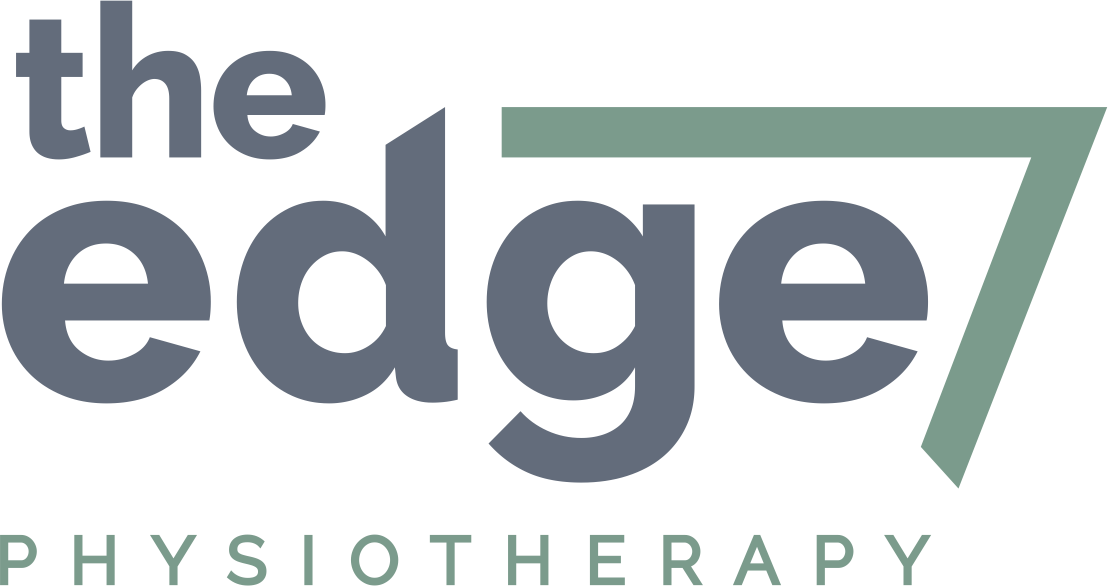The dancers foot
In terms of injury, dancers experience more foot and ankles injuries throughout their career than in any other body part, the second being the back. The causes of the most common foot and ankle injuries can come down to simple technique and training issues. As a trained dance physiotherapist I feel that prevention is much better than a cure, and for that reason I do my best to educate the dancers I see in my clinic about the importance of taking care of their bodies both for short term and long term benefits.
What are some of the most common injuries we see in dancers feet?
ankle sprains
bunions
bruised toe nails
blisters
ankle impingement at the front and back
capsulitis
Tendinopathy and tendinitis of the Achilles and Flexor Hallicus Longus
Freibergs Disease
Fractures of the ankle, and stress fractures/reactions of the tibia and bones in the feet
Morton’s neuroma
Trigger toe, Rigid toe and Morton’s Toe
Compartment syndrome
The anatomy of the foot is complex, just like any other part of the body, made up of a myriad of bones, muscles, tendon, fascia, blood vessels and nerves. What I’m most interested in today is the muscles that make up many layers in the foot which is good news for the dancer especially when on pointe. The reasoning goes, if you can get more out of the muscles in your foot, you can get more out of your dancing.
Doming and toe swaps
The role of the muscles of the foot are to support the arches in the foot; assisting propulsion (jumping); allows us to articulate the foot more efficiently eg. working through the foot with pointe; cushioning and shock absorption eg. jumping equates to x 3 your total body mass which is partly absorbed by the feet; balance and proprioception.
When I look at the foot of a dancer I have to consider what positions they regularly work from, sometimes parallel, sometimes first position, on rise, in 5th, plie, one legged and two, on pointe and landing. Some of the things I look at are the boney landmarks of the foot especially the middle Talocrural joint, 2nd Metatarsal head and navicular, 1st toe/shaft contact, and the tripod of balance within the foot that is made up of the 1st, 5th Metatarsal heads and calcaneus. A thorough conditioning, postural assessment for a dancer reveals many irregularities that can be modified before they become a problem. I regularly undertake such assessments with dancers at various stages in their career and can be a revelation for some of them.
Many of the above mentioned conditions come down to simple issues with technique, load issues with training in the younger population and poor footwear eg. pointe shoe fit. While the prevention of these conditions are relatively straight forward, unfortunately most often I see patients after the fact and management going forwards can be prolonged. For example, common stress reactions to bone can take months to resolve as it is commonly due to a build up of overload of tissue for months or years and a fast solution is not reasonable to expect. The good news is, the literature and clinical evidence supports the intervention of intrinsic foot muscle strengthening and we can quite readily engage in these programs without irritating symptoms, if under proper guidance.
If you would like to have an assessment done send me an email or contact us via our social media platforms.
Sam
